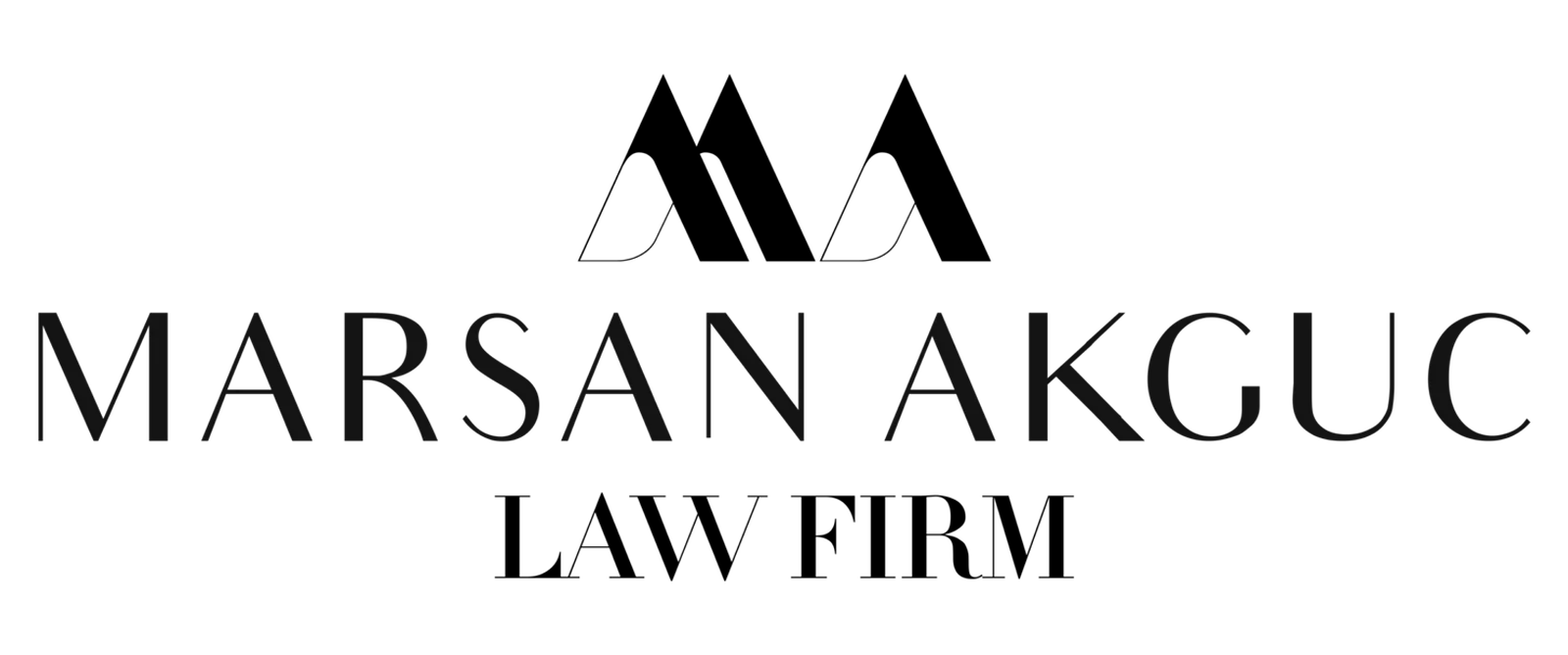For many skilled professionals, the PERM Labor Certification process is the crucial first step toward achieving permanent residency in the United States. It forms the foundation of most employment-based Green Card applications.
One of the most frequent questions from employers and foreign workers alike is How long does the PERM process actually take?
Unfortunately, there’s no single answer. Processing times vary based on government backlogs, employer readiness, job complexity, and even random audits. In this guide, Marsan Akguc Law breaks down each stage of the PERM process, explains current processing trends, and shares practical tips to help you manage the wait effectively.
Prevailing Wage Determination (PWD)
The first step in the PERM process is obtaining a Prevailing Wage Determination from the U.S. Department of Labor (DOL).
The employer submits Form ETA-9141, requesting the DOL to determine the minimum wage for the offered position. This wage is based on the job title, duties, and work location, according to data from the Occupational Employment and Wage Statistics (OEWS) database (formerly OES).
The employer must agree to pay at least this wage once the Green Card is approved.
Typical Timeline:
- Average: 6–8 months
- Possible delays: 9–10 months during peak filing periods
This is often the longest and most rigid stage of the PERM process. Employers cannot skip it or file the next step until the DOL issues an official wage determination.
Recruitment Stage
After receiving the prevailing wage, the employer must conduct a recruitment campaign to test the U.S. labor market.
The purpose is to demonstrate that no qualified U.S. worker is available or willing to take the position under the offered conditions.
Mandatory Recruitment Steps:
- Job Order: One posting with the State Workforce Agency (SWA) for 30 days
- Newspaper Ads: Two Sunday print ads in a major newspaper serving the area of employment
- Internal Notice: Posting the job internally at the employer’s worksite
For professional occupations, at least three additional recruitment steps are required such as online job boards, campus recruitment, employee referral programs, or trade publications.
Timeline:
Recruitment must last at least 60 days (30-day posting + 30-day quiet period).
In practice, this step usually takes 2–3 months, depending on the employer’s pace and documentation needs.
Filing the PERM Application
Once recruitment is completed and no qualified U.S. worker has been hired, the employer may file Form ETA-9089 electronically with the Department of Labor.
The application details:
- The job title and duties
- Recruitment efforts and results
- The offered wage
- The foreign worker’s qualifications
Accuracy here is critical. Even minor errors such as a wrong job code, address, or date can trigger delays or outright denials.
After filing, the application enters the DOL’s queue for adjudication.
PERM Processing by the Department of Labor
The DOL reviews applications in the order they are received.
Processing times differ depending on whether a case is selected for audit.
| Case Type | Average Processing Time |
| Regular (no audit) | 8–10 months |
| Audited cases | 12–18 months |
| Appeals / reconsideration | 24+ months |
The DOL publishes monthly updates on processing times, but backlogs and staffing levels can shift these timelines frequently.
What Affects the Timeline?
Several factors can lengthen the PERM timeline:
- Government Backlogs: A surge in filings or staffing shortages at the DOL often cause long waits.
- Complex Job Descriptions: Positions with very specific or technical duties may undergo closer scrutiny to ensure they aren’t tailored for one individual.
- Employer Record: Companies with prior errors or inconsistent filings may face extended reviews.
- Random Audits: Even strong cases can be selected for audit randomly, adding 6–12 months of extra time.
- Application Quality: Missing documentation, vague job descriptions, or inconsistent details frequently result in Requests for Evidence (RFEs) or denials.
A well-prepared petition package is the single most effective way to avoid delays.
Realistic End-to-End PERM Timeline
To visualize the entire journey from start to finish:
| Stage | Normal Timeframe | With Delays / Audit |
| Prevailing Wage | 6–8 months | 9–10 months |
| Recruitment | 2–3 months | 3–4 months |
| PERM Filing to Approval | 8–10 months | 12–18 months |
| Total Estimated Duration | 16–21 months | 24–30 months |
On average, applicants should plan for 18–24 months from start to finish. If the case is audited or the DOL experiences heavy backlogs, the total may exceed two years.
What Happens After PERM Approval
The PERM certification is only the first step toward permanent residency.
Once approved, the employer can proceed to:
- File Form I-140 (Immigrant Petition for Alien Worker) with USCIS.
- When the priority date becomes current (per the Visa Bulletin), the employee may file:
- Form I-485 (Adjustment of Status) if inside the U.S., or
- Consular Processing if residing abroad.
These subsequent stages can take several additional months or even longer, depending on visa category and country of chargeability.
How to Minimize Delays
While employers and employees cannot control DOL backlogs, several proactive measures can help:
- Start early. Initiating the prevailing wage request as soon as possible saves months later.
- Write clear job descriptions. Avoid vague or overly narrow requirements that may invite scrutiny.
- Maintain complete recruitment records. Keep all job ads, resumes, and interview notes in organized files.
- Work with experienced immigration counsel. An attorney who routinely handles PERM cases can catch technical errors before submission.
- Monitor monthly DOL updates. Tracking official processing times allows for realistic planning.
Common Mistakes That Cause PERM Delays
- Inaccurate or inconsistent job details across forms
- Missing proof of recruitment steps
- Using outdated or incorrect versions of DOL forms
- Overlapping or duplicate PERM filings
- Failing to respond promptly to audit notices
Avoiding these pitfalls can prevent months of unnecessary waiting.
Key Takeaway
The PERM process is detailed, documentation-heavy, and time-intensive.
On average, most cases take a year and a half to two years from start to finish but with careful planning and professional guidance, the process can run far more smoothly.
Get Expert Help from Marsan Akguc Law
At Marsan Akguc Law, our immigration attorneys assist employers and professionals at every step of the PERM process from prevailing wage requests to PERM audits and I-140 filings.
We ensure that your application is accurate, compliant, and strategically positioned for approval.
Whether you’re an employer seeking to sponsor a foreign worker or a professional pursuing a Green Card, our team will help you plan the process efficiently and reduce unnecessary delays.
Contact Marsan Akguc Law today at info@marsanakguclaw.com to schedule a consultation.
Let our experienced immigration team guide you toward permanent residency with confidence and clarity.

